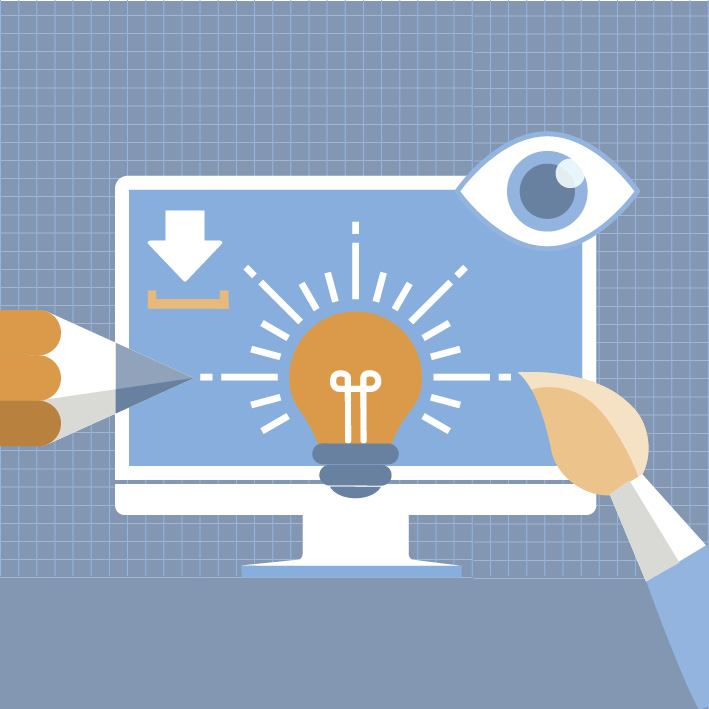
Artists have always adapted to new materials and technologies as well as embracing the seismic changes in how the art is viewed and distributed. With the rise of photography, for example, the camera was either embraced as a legitimate tool or used as a catalyst to inspire artists to create work that wasn’t simply copying the real world. Ta-da! -the birth of abstraction. Globalisation has also opened the door to different cultural influences through affordable air travel and borderless immigration. However, one real challenge of creating in this modern age is that the artist must reconcile their relationship with the internet culture and the monopoly of Google search where images of anything imaginable are now quickly and freely available to view and download. This may be at odds with the introspection and deep focus required to create a lasting work of profound merit. Just a thought.
Going off-piste for a moment, the controversial question of whether digitally produced art is “real art” is an exceptionally hot potato. OUCH! The argument being that using a computer doesn’t require any effort and is considered “cheating,” (not my words) but thankfully that’s a discussion for another day.
It’s true, artists have always been open to the influence of their peers. Most art, consciously or unconsciously is derivative; feeding on a chain of influence. No one is immune, no artwork is entirely original. At best, what we call original art is a unique cocktail of borrowed (stolen) and curated elements cleverly repackaged. The internet just makes this process quicker and much more accessible.
The connection with the past traditions may be still there but the conditions for making art and consuming art in this new world have changed. Can the idealistic artist stand like King Canute defying the tsunami of overwhelming digital content and cling desperately to a romantic notion of the loner working in isolation untouched by global connectivity. Is this path even relevant and does it matter? Don’t worry it’s a rhetorical question.
In my mind and in my car We can’t rewind, we’ve gone too far Pictures came and broke your heart Put the blame on VCR
VIDEO KILLED THE RADIO STAR, THE BUGGLES
On the surface, the democracy of the internet has been a great leveller. Media savvy artists can now independently market themselves, create a dedicated following, sell their pieces online without an agent or gallery owner and hype themselves onto the global platform – no permission necessary. All positive so far, but good marketing is one thing but it’s no guarantee that the work is of merit, that’s for the online audience to judge and they’ll vote instantly with the back button. To quote a traditional Romanian proverb – “An ass is but an ass though laden with gold!”
Man has made many machines, complex and cunning, but which of them indeed rivals the workings of his heart?
PABLO CASALS, MUSICIAN AND COMPOSER
We can’t turn back the clock but I believe that good art now requires the hard self discipline to shun the easy route combined with the wisdom to extract only what is useful from the new era. When I create my photomontage work, for example, I enhance my creative process, adding chance and intuition, deliberately avoiding any computer involvement and using only found imagery and traditional cut and paste methods. This is the long route and yes unashamedly archaic. Call me an old reactionary, but with my graphic design skills I can easily search for any image, steal and computer enhance it, combine it quickly and seamlessly with other images to create the montage but I choose not to. Visit https://lennon-art.co.uk/photomontage .
In conclusion I would offer that the artistic integrity of the work is still rooted in the blood, sweat and tears of the traditional creative process but can be enhanced by selective use of technology. Jane Fonda’s worn out 80’s aerobic workout mantra ‘No pain, no gain’ still holds true… for me anyway!
If little labour, little are our gains: Man’s fate is according to his pains
ROBERT HEDRICK, POET — 1650

